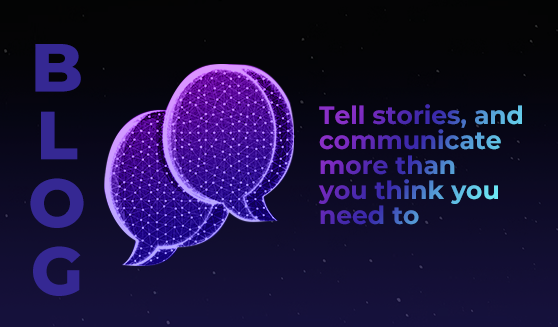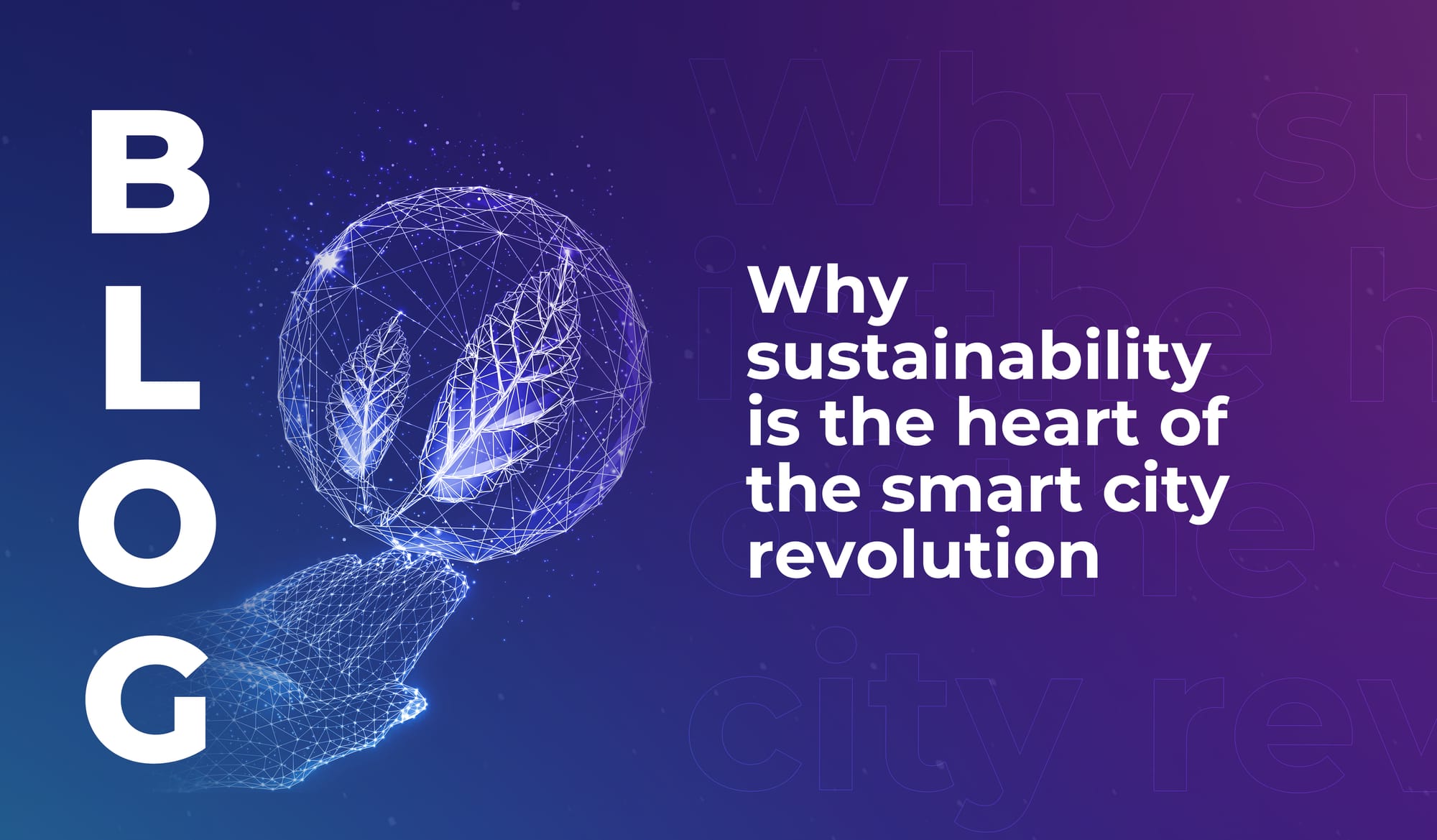
Top trends to watch in the smart cities market
Explore key smart city market trends for 2025–2030, from EV infrastructure to AI-powered waste systems – backed by the latest industry report.


We spend a lot of time talking to tech innovators, executives, developers, and entrepreneurs. And one of the stumbling blocks that comes up at every level is communication. The tech products with the greatest potential to have a real positive impact can be held back if company leaders can’t communicate their product strategy effectively.
Everyone knows communication is important when you’re communicating with your customers or the users of your tech. Nobody will use your products and services if you demonstrate why it’s worth their time and money.
But communication within your company or organisation is critical too: because there’s no point in having a solid strategy (for product development or marketing) if you can’t then communicate that strategy to your team.
We’re not in the business of putting people in boxes. We know from experience that tech leaders are a diverse bunch – and there’s no simple set of character traits that define them.
But generally speaking, many innovators in tech share some of these qualities:
And in order to lead a team with clarity and deliver on a strategy, strong communication is essential. You might know exactly where you’re headed and exactly what everyone needs to do to get there – but no one can read your mind.
Firstly, over-communicate. Tell your people more than you think you need to tell them. Because if you jump from subject to subject, or switch quickly from talking about technological challenges to social ones, without connecting the dots in between – then other people will get lost along the way.
Secondly, use the power of stories. We’ve talked about stories in tech before (and we’re sure we’ll talk about it again): because studies (like this one, published in the Journal of Neuroscience) show that the human brain is hardwired to understand and remember narrative. Whenever you need to communicate important information with your team, create a story around it. Make it engaging.
And thirdly, be specific. Don’t just tell your marketing team that their ad copy ‘isn’t working’, or your design team that their work ‘isn’t hitting the mark.’ If you want iterations to get better and better, you need to provide clear, actionable feedback. What about the copy isn’t working – and what do you think would work instead? Which elements of the design aren’t hitting the mark, and why not?
To sum up: say more than you think you need to, tell stories, and be specific.
Clear communication can be the difference between a successful strategy and a strategy that falls flat – so it’s worth putting in the time to improve your skills and make sure everyone’s on the same page.
The global LEAP community just happens to be home to some of the strongest tech communicators in the world. Watch this space – a new interview series featuring LEAP 2024 speakers is coming to the blog soon.

Explore key smart city market trends for 2025–2030, from EV infrastructure to AI-powered waste systems – backed by the latest industry report.

Learn how generative AI is unlocking the true potential of digital twins – to make smart cities more efficient, inclusive, and citizen-focused.

The smart cities of the future will use tech to lower emissions, cut urban temperatures, and improve quality of life in highly populated areas.

Explore key smart city market trends for 2025–2030, from EV infrastructure to AI-powered waste systems – backed by the latest industry report.

Learn how generative AI is unlocking the true potential of digital twins – to make smart cities more efficient, inclusive, and citizen-focused.

The smart cities of the future will use tech to lower emissions, cut urban temperatures, and improve quality of life in highly populated areas.